

— Blogs —
—Products—
 Consumer hotline +8618073152920
Consumer hotline +8618073152920 WhatsApp:+8615367865107
Address:Room 102, District D, Houhu Industrial Park, Yuelu District, Changsha City, Hunan Province, China
Product knowledge
Time:2025-10-22 16:50:52 Popularity:361
Africa, this continent with abundant land and diverse ecosystems, is undergoing a critical phase of agricultural transformation. Issues such as climate instability, frequent droughts, and water scarcity have long constrained agricultural development. To achieve "sustainable, high-yield, and risk-resistant" agricultural production, more and more African countries are actively deploying agricultural weather stations (Agriculture Weather Stations).
As a global supplier of agricultural IoT equipment, NiuBoL is partnering with African agricultural research institutions, farm owners, and government projects to promote precision climate monitoring and data-driven agriculture.

Africa possesses about 60% of the world's undeveloped arable land, but its climate conditions are complex:
- North Africa (e.g., Egypt, Morocco, Tunisia) features a Mediterranean climate with drought and low rainfall, relying on irrigated agriculture;
- West Africa (e.g., Nigeria, Liberia, Senegal) is dominated by tropical rainforest and savanna climates with uneven rainfall distribution;
- East and Central Africa (e.g., Uganda, Tanzania, Republic of the Congo) have milder climates but are significantly affected by El Niño and climate fluctuations;
- Southern Africa (e.g., Zimbabwe, Madagascar) frequently faces dual threats of droughts and floods.
According to the United Nations Food and Agriculture Organization (FAO) 2024 report, African agricultural productivity remains about 40% below the global average, with one of the main reasons being the lack of meteorological data and lagged agricultural decision-making.
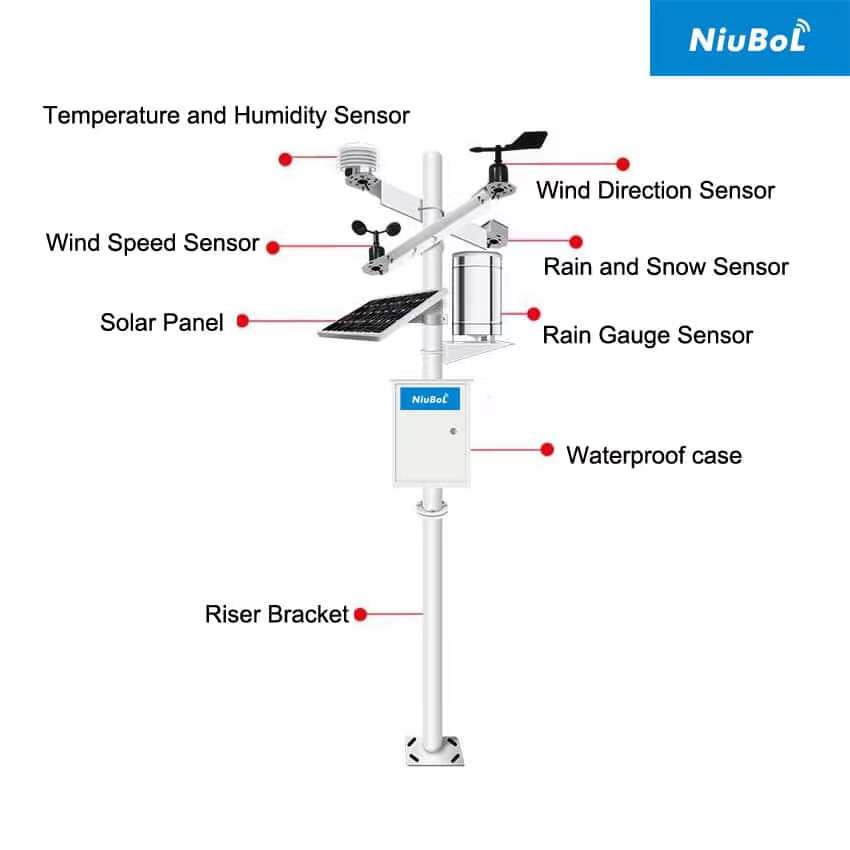
Agricultural weather stations provide scientific decision-making basis for farmers, researchers, and governments by real-time monitoring of key parameters such as temperature, humidity, rainfall, wind speed, solar radiation, and soil moisture. Their main values include:
Through climate data analysis, farmers can select more suitable sowing periods and irrigation timings. For example, a rice field project in Nigeria, deploying NiuBoL automatic weather stations, increased average rice yields by about 10%.
In drought-prone areas like Egypt and Morocco, weather stations help predict extreme weather and provide governments with anti-drought decision data.
Through linked monitoring of soil moisture sensors and rainfall sensors, some large farms in Tanzania achieved a 20% savings in irrigation water usage.
Universities and research centers in various countries use meteorological data to study correlations between crops and climate, aiding in agricultural model building and AI predictions.
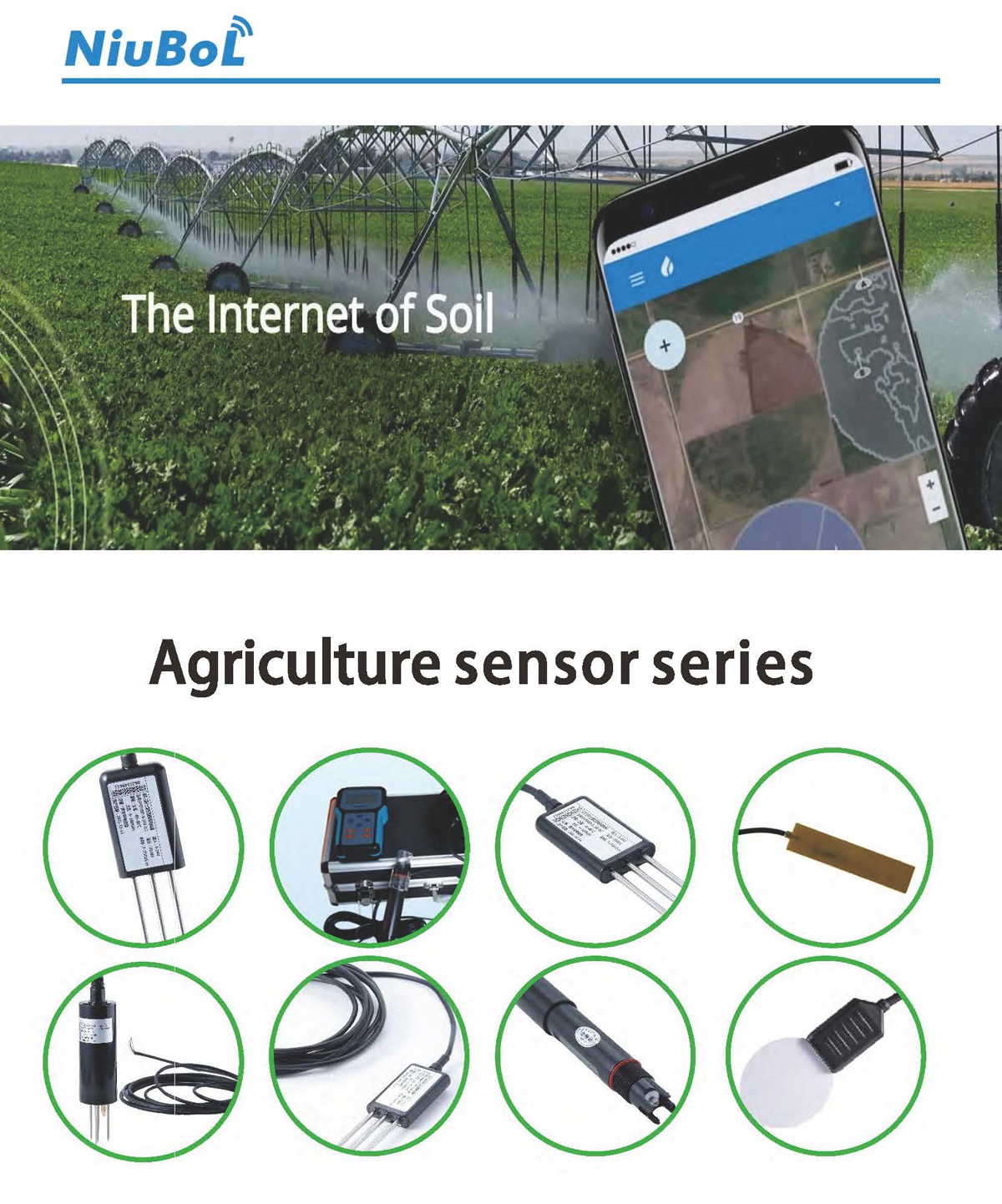
A complete agricultural weather station typically includes the following NiuBoL sensor modules:
- Air Temperature and Humidity Sensor (NBL-W-LBTH): Monitors microclimate changes to assess crop growth environments;
- Wind Speed and Direction Sensor: Used for guiding pest and disease spread and spraying operations;
- Rainfall Sensor: Records precipitation trends to support irrigation decisions;
- Solar Radiation Sensor and Light Sensor: Analyzes light intensity to help optimize shading and supplemental lighting in orchards and greenhouses;
- Soil Temperature and Humidity, Conductivity Sensor (NBL-S-TMC): Enables precision irrigation and fertilizer management;
- Data Acquisition and Remote Communication Module (LoRa/4G): Ensures real-time data upload even in remote areas.
These sensors together form a high-precision, scalable, low-power intelligent agricultural weather network system.
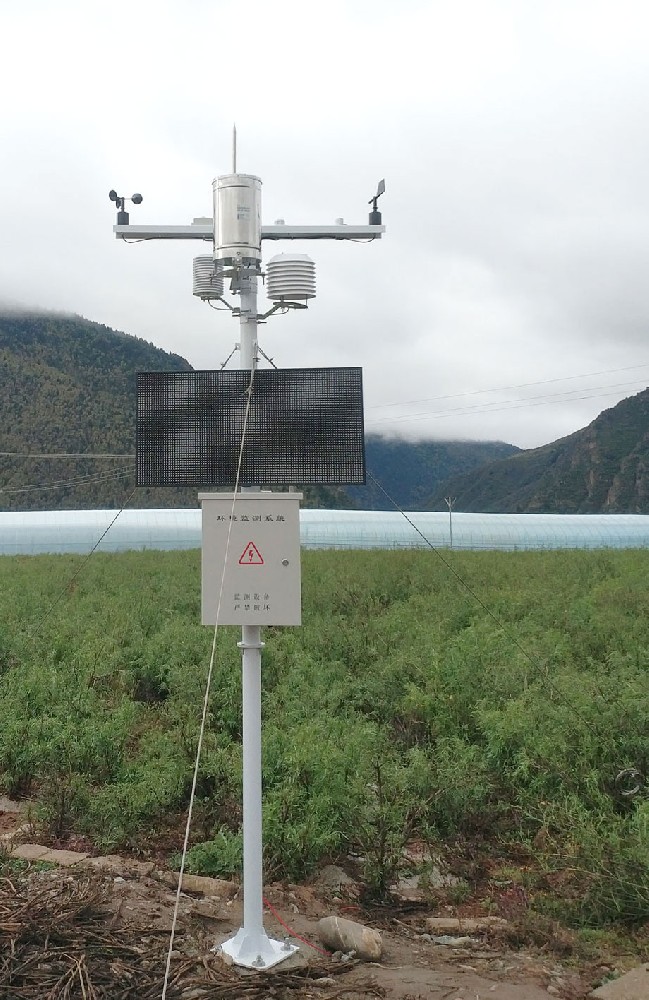
Nigeria: Rice and Corn Planting Meteorological Service Platform
NiuBoL provided 30 sets of agricultural weather stations to farms in northern Nigeria for monitoring temperature and humidity, rainfall, and radiation data. Project data shows that data-driven sowing period adjustments reduced crop loss rates by 12%.
In the Moroccan Agricultural Development Agency project, NiuBoL weather stations combined with soil moisture monitoring achieved a 25% reduction in irrigation water usage for vineyards in arid areas.
Using long-term meteorological data collected by NiuBoL automatic stations, researchers successfully predicted climate windows for coffee flowering periods, improving yield stability.
NiuBoL comprehensive weather stations were deployed in the desert agriculture zone of Luxor Province, Egypt, to monitor microclimate changes and guide automated drip irrigation systems.
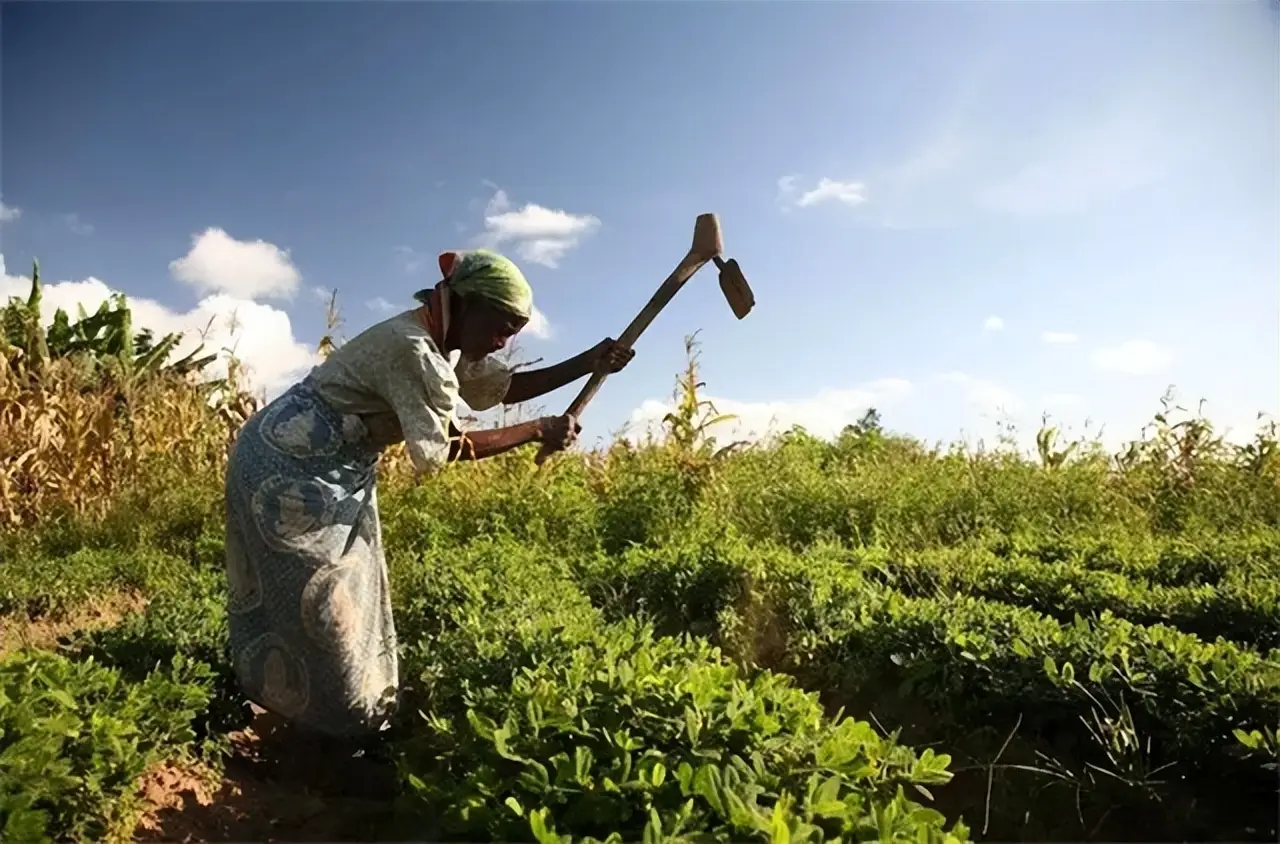
Currently, NiuBoL weather stations have been successfully delivered and operational in the following countries:
Algeria, Egypt, Liberia, Mauritius, Morocco, Madagascar, Nigeria, Uganda, Republic of the Congo, Tanzania, Tunisia, Senegal, Zimbabwe, Guinea.
Over the next five years, agricultural digitalization in Africa will become a key investment area. The World Bank and African Development Bank predict that the agricultural weather infrastructure market will grow at an annual rate exceeding 12% (2024–2029).
NiuBoL will continue to expand its service network, providing customized monitoring solutions for local agricultural research, farms, and government institutions in Africa.
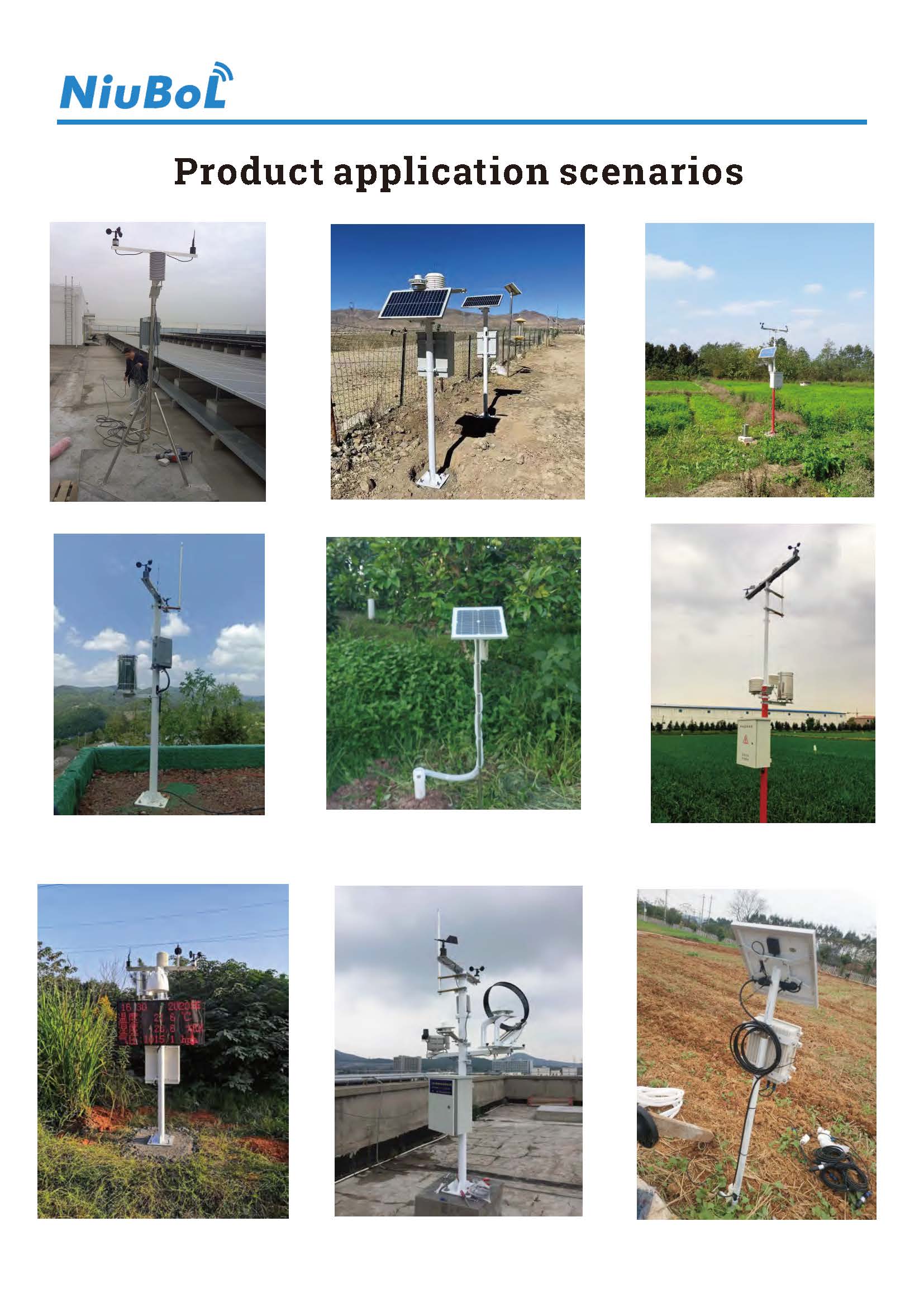
Yes, all NiuBoL agricultural weather stations support dual solar + battery power supply, ensuring long-term stable operation in remote areas.
Users can view meteorological parameters in real-time through cloud platforms or mobile apps and download historical data reports.
NiuBoL supports standard communication protocols such as MODBUS, MQTT, and HTTP, allowing seamless integration with third-party platforms.
NiuBoL weather stations feature low-power designs and modular sensors, making daily maintenance very simple. Typically, only one annual cleaning, sensor calibration, and battery check is needed, with maintenance costs lower than traditional manual inspections.
Yes. NiuBoL weather stations have undergone rigorous environmental testing and support high temperatures, low temperatures, heavy rain, sandstorms, and other extreme weather conditions, ensuring reliable long-term monitoring in remote areas.
Absolutely. NiuBoL provides data in multiple formats (CSV, JSON, API interfaces), which can be directly used for agricultural planning, climate risk assessment, research analysis, and policy formulation, helping decision-makers scientifically manage agricultural resources.
The challenges of climate change pose unprecedented pressures on African agriculture, but they also bring opportunities for digital transformation.
By deploying NiuBoL agricultural weather stations, African farmers and research institutions can shift from "experience-based planting" to "data-driven planting," achieving more precise, efficient, and sustainable agricultural production.
In the future, NiuBoL will continue with the mission of "making agricultural production smarter and more efficient," providing reliable IoT weather solutions for African agriculture and supporting this continent full of potential in achieving food security and green growth.
Related recommendations
Sensors & Weather Stations Catalog
Agriculture Sensors and Weather Stations Catalog-NiuBoL.pdf
Weather Stations Catalog-NiuBoL.pdf
Related products
 Combined air temperature and relative humidity sensor
Combined air temperature and relative humidity sensor Soil Moisture Temperature sensor for irrigation
Soil Moisture Temperature sensor for irrigation Soil pH sensor RS485 soil Testing instrument soil ph meter for agriculture
Soil pH sensor RS485 soil Testing instrument soil ph meter for agriculture Wind Speed sensor Output Modbus/RS485/Analog/0-5V/4-20mA
Wind Speed sensor Output Modbus/RS485/Analog/0-5V/4-20mA Tipping bucket rain gauge for weather monitoring auto rainfall sensor RS485/Outdoor/stainless steel
Tipping bucket rain gauge for weather monitoring auto rainfall sensor RS485/Outdoor/stainless steel Pyranometer Solar Radiation Sensor 4-20mA/RS485
Pyranometer Solar Radiation Sensor 4-20mA/RS485
Screenshot, WhatsApp to identify the QR code
WhatsApp number:+8615367865107
(Click on WhatsApp to copy and add friends)
